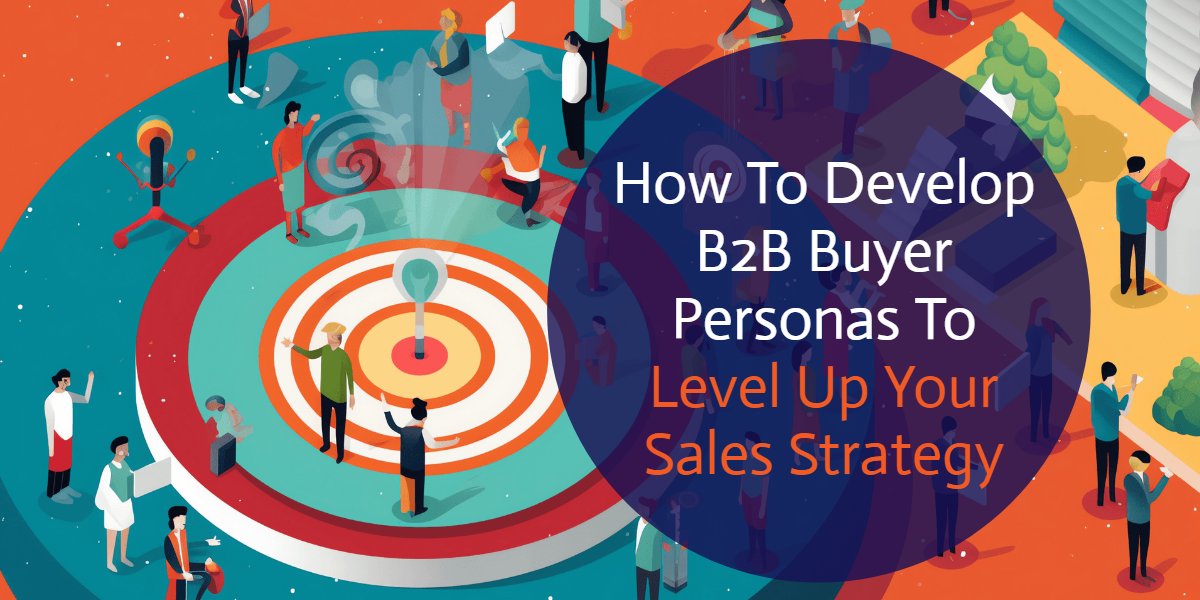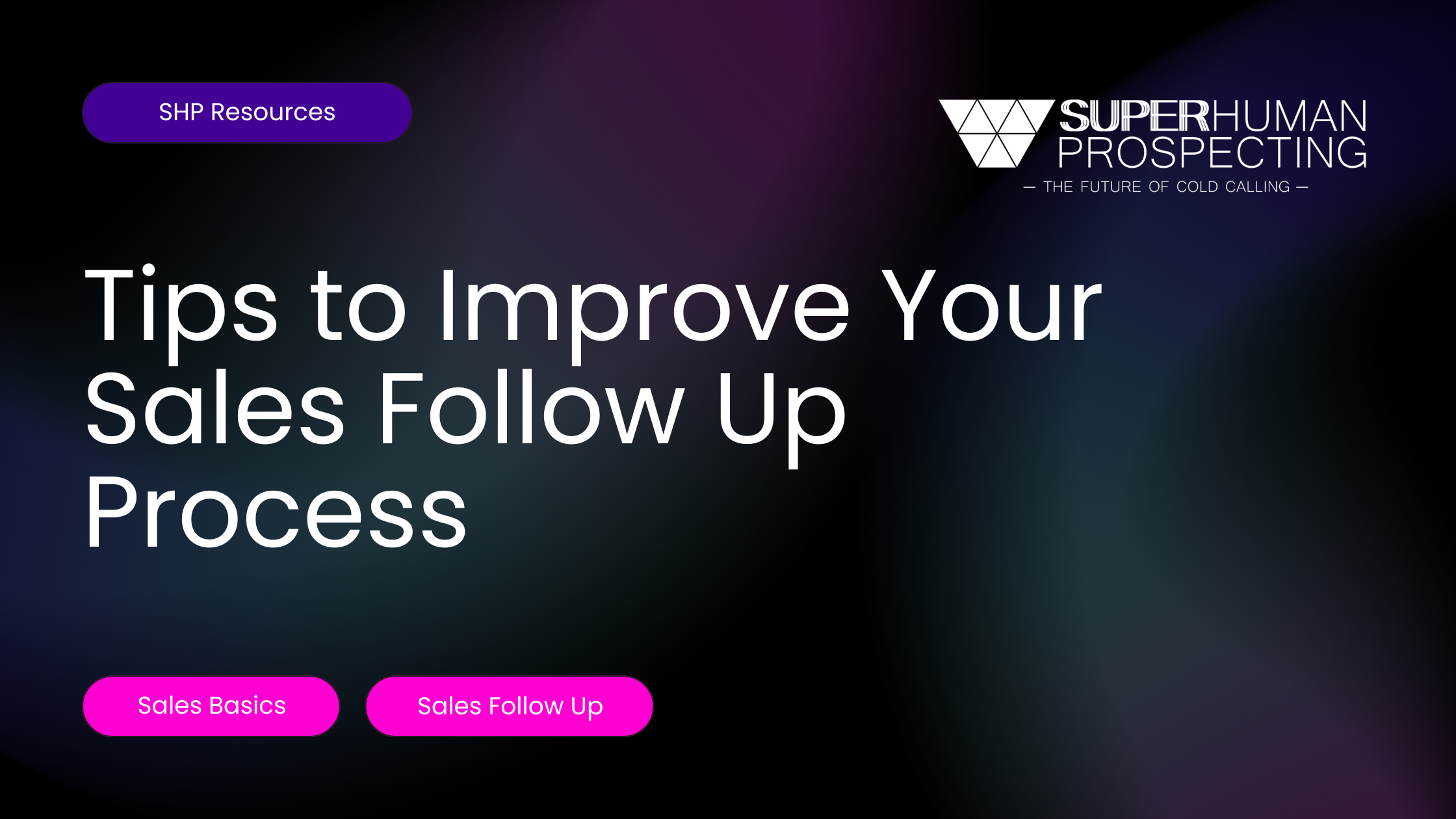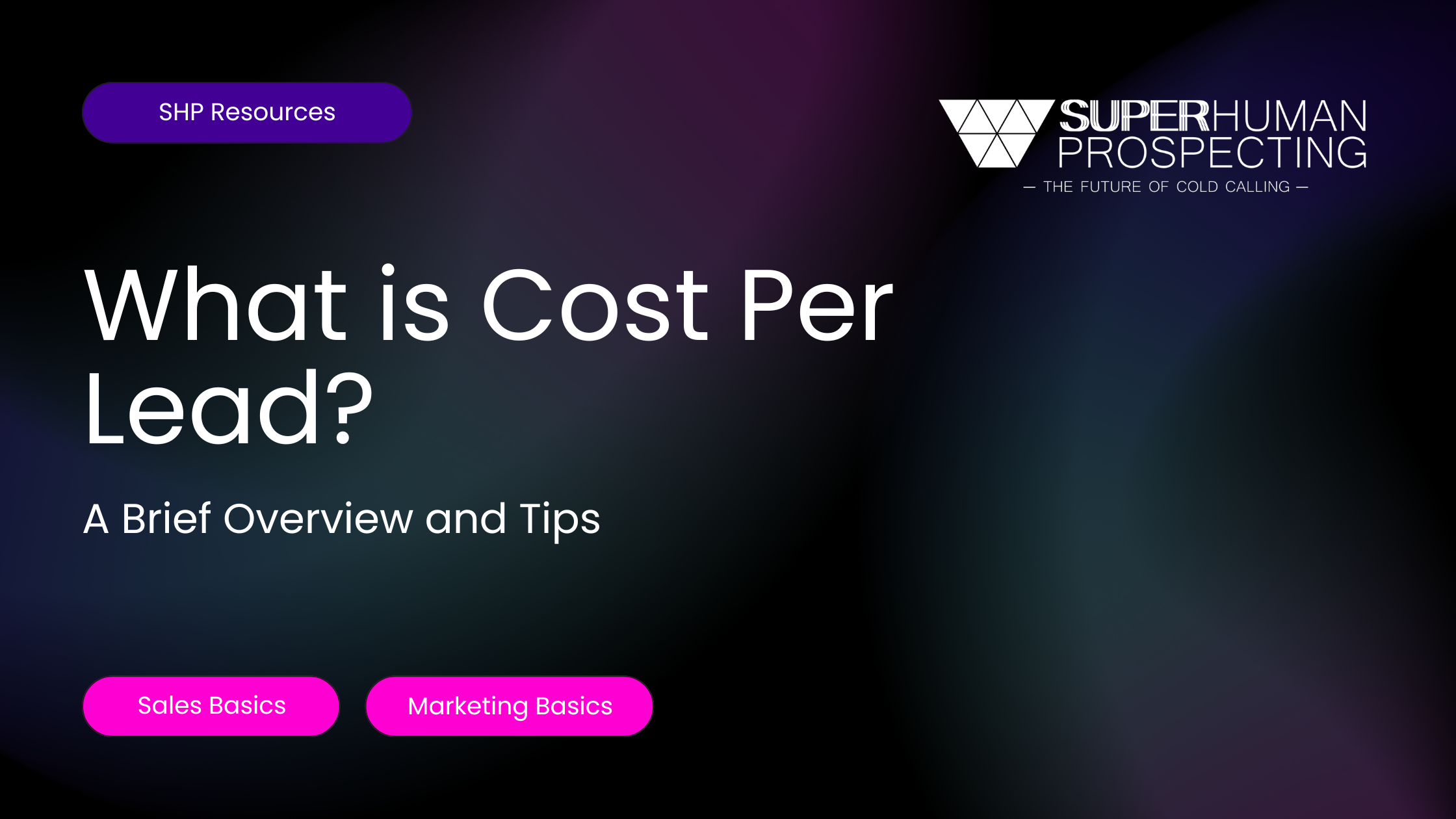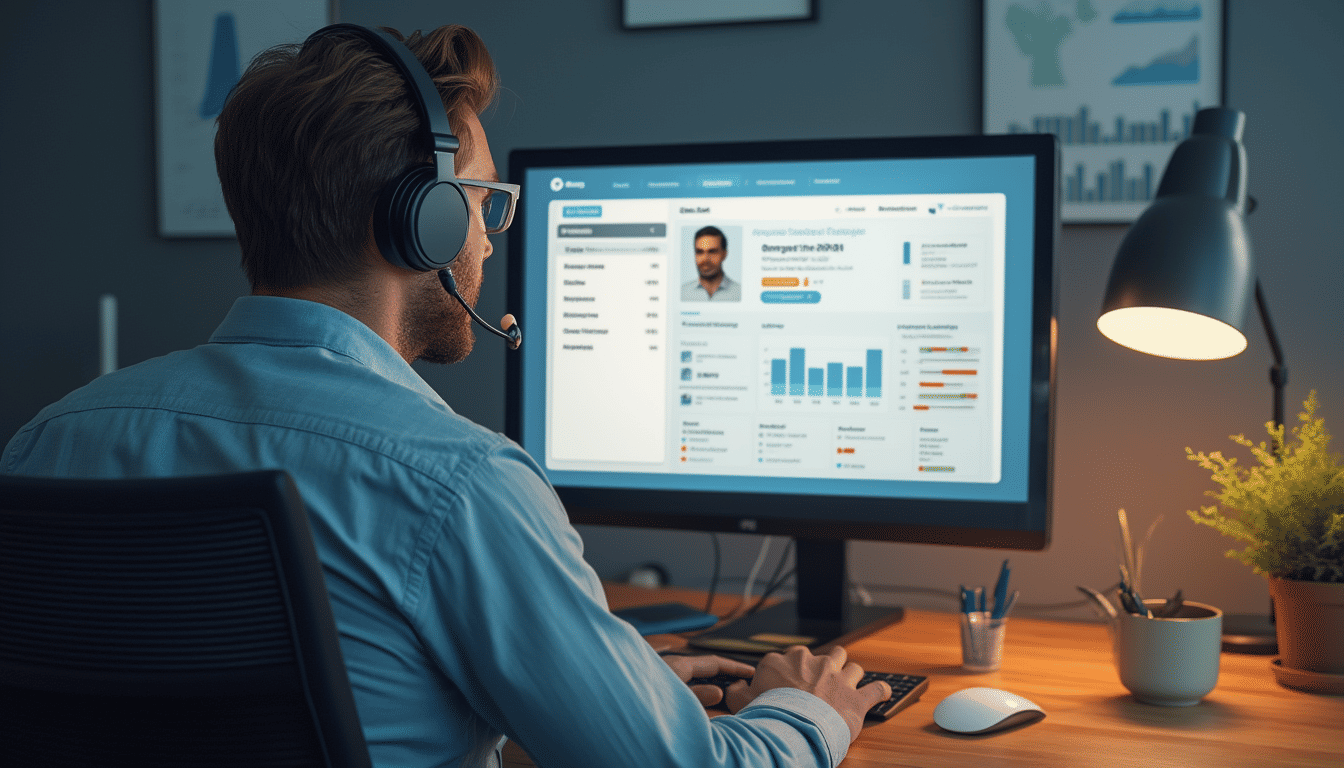Mike Gospe, a renowned marketing strategist and expert Customer Advisory Board (CAB) facilitator once said, “Whoever understands the customer best wins”.
This quote quickly became the mantra for Gospe’s entire company, with the intention of asking customers the right questions, carefully listening to their answers, and earning their trust.
For B2B companies, this philosophy certainly applies. Brands that take the time to understand their customers, build trust, and tailor their marketing to satisfy their customers’ needs very often come out on top.
In order to do this successfully, you will need to learn the practice of developing B2B buyer personas.
The idea behind this is that once you define and understand your target audience, you will be in a better position to market and sell to them. However, this goes far beyond age, gender, geography, etc., and gets right into the psyche of your ideal buyers.
So, how do you do that?

What is a B2B buyer persona?
A B2B buyer persona is a semi-fictional representation of your ideal target customer. It is a detailed profile that encompasses your target customer’s characteristics, behavior, values, needs, challenges, and goals.
A B2B buyer persona goes beyond basic demographics but looks at the motivations, decision-making processes, pain points, and preferences of the individuals who are (potentially) interested in your services or products. This persona then helps you understand your audience’s needs, preferences, challenges, and behavior, which in turn guides your marketing and sales strategies.
Benefits of Creating B2B Buyer Personas
Buyer personas help you effectively tailor your marketing, sales, and product strategies to address the unique requirements of different customer segments. With that, developing buyer personas bring many benefits to your business.
Make data-informed business decisions
Effective B2B buyer personas are built on data and insights. These personas then provide a foundation for informed decision-making regarding your marketing campaigns, sales process, and more. Accurate data empowers you to make strategic choices based on real customer behavior, interests, and preferences.
Improve targeting and personalization
Through developing buyer personas, you gain a deeper understanding of your ideal customers’ needs, preferences, and pain points. This information enables you to tailor your messaging, marketing campaigns, content, and offerings to resonate with the needs our your customers. Better targeting and personalization can lead to higher levels of engagement and conversion.
Increase your ROI
By tailoring your marketing toward a more relevant, targeted audience, you can better avoid overspending or overreaching with your marketing campaigns. In other words, you are paying to reach the right types of customers instead of a wider, more generalized audience. This can result in a higher ROI, as your efforts are focused on prospects who are more likely to convert.
Streamline your sales process
B2B buyer personas equip your sales representatives with the information they need to more effectively sell to your target customers. They can tailor their approach to the unique characteristics and interests of the persona(s) they are speaking to. This leads to more fruitful conversations, increased trust, and a more efficient sales process.
Build stronger customer relationships
With detailed buyer personas, you are able to design personalized interactions, content, and campaigns that speak to the needs of your audience. This level of personalization can foster stronger relationships with potential customers. When customers feel understood and valued, they are more likely to become passionate advocates for your brand.
The Four Types of Online Buyer Personas
Buyer personas allow you to segment potential customers and refine your sales tactics to satisfy their unique needs. This leads to better online marketing campaigns and increased sales performance.
While there are many unique types of buyer personas, there are four traditional categories that purchasing personas typically fall into: Competitive, Spontaneous, Humanistic, and Methodical.
Competitive Persona
These individuals seek competitive advantages and reasons to choose your company over others. They want to know about your qualifications and what sets you apart. They make quick decisions and need to be convinced of your ability to solve their problem rapidly.
Spontaneous Persona
People with this persona are looking for quick solutions and simplicity. They value movement and are likely to make a swift purchase if your product fits their needs. They don’t need excessive details or facts; they make decisions based on whether they like your product.
Humanistic Persona
This persona is focused on relationships and empathy. They make emotionally driven purchasing decisions and prioritize companies that establish strong connections with customers. Their buying process is slow and thoughtful.
Methodical Persona
Methodical personas are detail-oriented and dislike disorganization. They want comprehensive information about your product or service, including evidence of its capabilities. They seek truth and require logical, well-documented explanations. This persona makes slow and calculated decisions, making them harder to convert.
In developing your B2B buyer personas, it may be helpful to refer to these four “types” and what their intentions are when considering your products or services. Understanding these personas will help you tailor your marketing strategies to meet the specific needs and preferences of each group.

How to Create a Buyer Persona for B2B Business
Developing B2B buyer personas is not always a linear process. It takes time to research your audience, understand their needs and goals, and refine your personas over time.
With that in mind, here are the fundamentals of creating buyer personas – but, keep in mind, these are likely to evolve as you learn more about your target audience.
1. Gather audience data
Developing accurate B2B buyer personas requires reliable audience data. Fortunately, you don’t need to hire a market research firm in order to collect audience insights. Chances are, you have some great information already!
Here are a few examples of sources you can turn to for insightful audience data:
- Customer surveys and interviews: You can conduct surveys and interviews with your existing customers to learn more about who they are and why they work with you. Ask targeted questions about their roles, responsibilities, challenges, goals, and preferences. Surveys can be distributed via email, social media, or your website, while interviews can be conducted in person or over the phone. This firsthand information helps you understand their needs and motivations.
- CRM and sales data: Your Customer Relationship Management (CRM) system holds a wealth of data about your customers’ interactions, purchases, and behaviors. Analyzing this data can reveal patterns in the types of businesses that engage with your products or services. Look for trends in company size, industry, job titles, and buying behaviors. Sales data, including closed deals and lost opportunities, can offer insights into decision-making processes and objections.
- Website analytics and social media insights: Check out your existing website analytics tools, such as Google Analytics or Google Search Console, to gain insights into the behavior of users on your site. Look at which pages they visit, how much time they spend on your site, and what content they engage with. Social media platforms also provide demographic and behavioral data about your followers, which you can then use to inform your buyer personas.
Review this data and consider any trends you are seeing when it comes to audience demographics, behavior, and engagement.
Are any personas starting to emerge? Are you noticing any commonalities? Take note of these before moving on to the next step.
2. Identify audience demographics
Next, it’s time to define the basic demographics of your target audience. These include things like job title, gender, industry, company size, age, location, and other relevant characteristics.
The goal here is simply to define the basics of who your personas are. The goal is not to make assumptions about their interests or behavior.
By identifying your audience demographics, you can narrow down your focus and develop buyer personas that are targeted for your purposes.
For example, let’s say you’ve compiled your audience data and noticed the following:
- The majority of your website visitors are from the United States
- The second leading source of traffic is from the UK
- Of your US traffic, the majority of your visitors are between the ages of 35-55
- Of your UK traffic, the majority of your visitors are between age 45-65
- The majority of your followers on LinkedIn are from the US and work in Marketing
- The majority of your followers on Instagram are from the UK and are female
From this information, two (possible) personas may start to emerge: Audience A and Audience B.
The demographics for each persona may fall like so:
Audience A:
- Location: US
- Age: 35-55
- Industry: Marketing
- Gender: male
Audience B:
- Location: UK
- Age: 45-65
- Industry: TBD
- Gender: female
The examples above are far from complete, but show how you can begin to recognize trends and begin to build out various buyer personas based on demographics. Most of this information should be sourced from existing data, but some assumptions may need to be made and then validated as you collect data over time.
3. Define audience goals, pain points, and responsibilities
Customer surveys are often the best source of information regarding your audience’s interests, goals, pain points, and challenges. Most CRM tools and website analytics platforms won’t provide this qualitative data, so you may need to ask your customers directly.
Here are a few examples of questions you can ask in your audience surveys and/or interviews to gain more insight into their goals and pain points:
- What are your primary business goals and objectives for the next year?
- What specific outcomes are you aiming to achieve?
- How do you measure success in your current position?
- Are there any specific pain points that prevent you from achieving your objectives?
- What aspects of your job are most time-consuming or resource-intensive?
Similarly, you will want to understand your audience’s role in the decision-making process for their organization. Here are a few questions to ask regarding roles and responsibilities:
- When considering a new solution or service, who else in your organization is involved in the decision-making process?
- What criteria are most important to you when evaluating potential solutions?
- How do you typically research and gather information before making a purchase decision?
- What factors have the most influence on your final purchasing choices?
- What type of content do you find most valuable in your decision-making process?
At this stage, the goal is to understand the roles and responsibilities of your ideal buyers within their organizations and identify the goals your buyers aim to achieve and the challenges they face. This information will help you develop more comprehensive, well-rounded buyer personas.
4. Map the decision-making process
Another critical step in defining your B2B buyer personas is to understand the steps and key players in the decision-making process.
While each organization will be a bit different, the purpose here is to make informed assumptions about how purchasing decisions are made by your target audience(s).
Here are a few factors to consider when mapping the decision-making process(es) for your B2B buyer personas:
- Decision stages – What are the stages that the buyer persona goes through when making a purchase?
- Key roles – Who are the individuals within the organization who play crucial roles at each stage of the decision-making process?
- Level of involvement – For each key role, what is their level of involvement and influence at each stage?
- Pain points – What are the pain points, challenges, and motivations of each role experiences at different stages in the decision-making process?
- Channels – What are the touchpoints and channels where each key role seeks information during the decision-making process?
It is important to consider all of these factors because different individuals will play different roles at various stages of the buying process.
For example, someone might be highly involved in the research phase but less influential in the final decision, while others may have veto power. This information will be important when it comes to your sales pitch, lead nurturance processes, and closing techniques.
5. Identify preferred communication channels
By this stage, you should have a more comprehensive understanding of who your target personas are, what they need, and the role they play in the decision-making process.
However, now it’s time to consider which channels you will use to reach these target personas through your marketing and outreach efforts.
This means identifying the communication channels your target buyers prefer to use when researching products or services. Such channels might include email, social media, industry events, networking platforms, and others.
Next, consider the type of information they need at each stage. Are they looking for general information about a category of services, or are they comparing specific providers? Are they simply browsing for brands, or do they want detailed product information?
Audience surveys and interviews, website analytics, customer service inquiries, and social media analytics can help inform what platforms your audience prefers to use when finding information about products or services like yours.
Based on the information gathered, you can begin to create targeted content and communication strategies that cater to the specific needs of each key role at different decision-making stages.
6. Design a representation of each buyer persona
Congratulations! You have now done the bulk of the work to develop buyer personas for your B2B brand. It might have taken a while to get here, but the results will be worth it!
Now, it can be helpful to design a visual representation of your B2B buyer personas. Doing so will make it easier for your team to understand each persona and will help enforce consistency in your messaging and selling.
One idea is to give your buyer persona a name and add a photo or avatar to make them feel more real and relatable to your team. Some organizations decide to use stock photos while others design custom avatars.
Whatever your method, you can design these personas and use them as a reference when developing your messaging, crafting your offer, planning marketing campaigns, and more.
7. Refine and validate your buyer persona(s)
As stated, the process of designing buyer personas is rarely linear. Your buyer personas will likely shift and evolve over time as you collect new information about your target audience(s).
Be sure to regularly update your persona to ensure it remains accurate and relevant. Lean on your existing analytics platforms to validate your existing personas or change things, as needed. This practice will just make your personas even more defined and valuable.
Also, your B2B buyer personas might change based on the market and growth of your business. By understanding your target audience at a deeper level, you can create more targeted and effective marketing campaigns, improve lead generation, and enhance your overall B2B sales efforts.

B2B Buyer Persona Examples
Sometimes the best way to learn (in this case, how to design a buyer persona) is to learn by example. Here, we have imagined three hypothetical B2B buyer personas, including the Background, Demographics, and Identifiers for each.
You can use a similar template when designing buyer personas for your own B2B brand.
Persona 1: Marketing Manager Melanie [ Methodical ]
Background:
Melanie is a Marketing Manager at a mid-sized technology company that specializes in software solutions for e-commerce businesses. She’s responsible for developing and executing marketing strategies to increase brand visibility and drive customer acquisition. Melanie is focused on optimizing the customer journey and leveraging data-driven insights to make informed decisions.
Demographics:
- Age: 32
- Gender: Female
- Education: Bachelor’s degree in Marketing
- Experience: 8 years in marketing roles
- Industry: E-commerce technology
Identifiers:
- Frequently reads marketing blogs and subscribes to marketing newsletters.
- Uses marketing automation tools and analytics platforms for data analysis.
- Actively follows industry thought leaders and attends marketing conferences to keep up with the latest strategies.
Persona 2: IT Director Ian [ Humanistic ]
Background:
Ian is the IT Director at a large manufacturing company that produces industrial machinery. He oversees the company’s IT infrastructure, cybersecurity, and digital transformation initiatives. Ian’s primary focus is on ensuring the company’s technology systems are efficient, secure, and aligned with business goals.
Demographics:
- Age: 45
- Gender: Male
- Education: Master’s degree in Information Technology
- Experience: 20 years in IT management roles
- Industry: Manufacturing
Identifiers:
- Attends IT conferences, workshops, and networking events to connect with other industry professionals
- Regularly participates in online forums to seek solutions to complex IT challenges.
- Subscribes to technology magazines and follows influential tech bloggers.
Persona 3: Healthcare Administrator Alexis [ Spontaneous ]
Background:
Alexis is a Healthcare Administrator at a medium-sized hospital. She oversees administrative operations, including budget management, staff coordination, and patient experience enhancement. Alexis is dedicated to improving healthcare services and streamlining processes for both patients and medical staff.
Demographics:
- Age: 38
- Gender: Non-binary
- Education: Master’s degree in Healthcare Administration
- Experience: 12 years in healthcare administration
- Industry: Healthcare
Identifiers:
- Follows healthcare influencers and industry experts on Instagram and TikTok.
- Refers her organization’s manager to the latest tools and software.
- Passively participates in online healthcare forums to read about best practices and tools.
- Subscribes to healthcare industry publications and magazines.
Reach Your Ideal Audience with B2B Lead Generation
Developing your brand’s B2B buyer personas yields a multitude of benefits, steering your business towards targeted success. The insights gained will empower you to refine your marketing strategies, increase engagement, and create offerings tailored precisely to your ideal customers.
At Superhuman Prospecting, we help drive new customer acquisition through targeted B2B lead generation campaigns. As your outsourced sales ally, we specialize in a spectrum of services – from cold calling and lead generation to appointment setting – all orchestrated to streamline your sales processes and amplify your business efficiency.
Are you prepared to unlock the potential of outsourcing B2B lead generation and sales? Reach out to us today.







